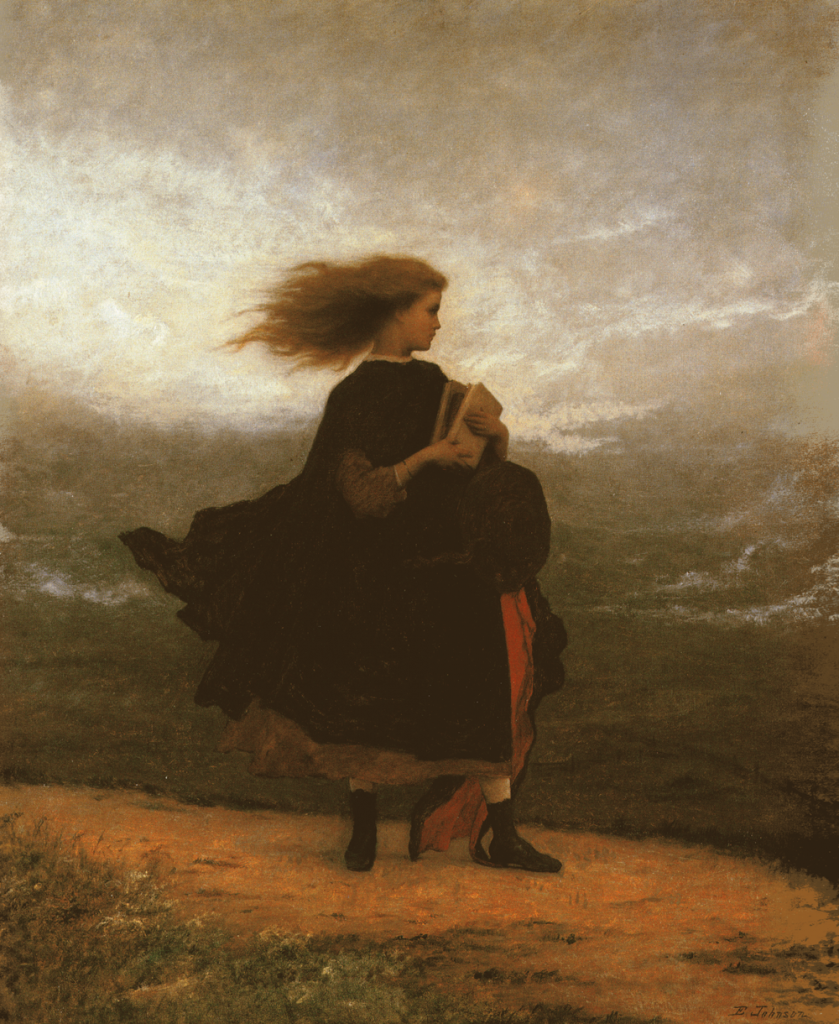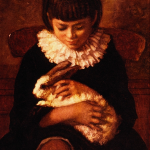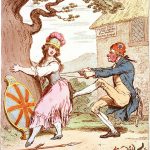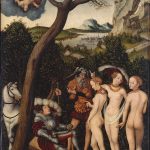
Eastman Johnson’s career as an artist began when his father apprenticed him in 1840 to a Boston lithographer. After his father’s political patron, the Governor of Maine John Fairfield, entered the US Senate, the senior Johnson was appointed by US President James Polk in the late 1840s as Chief Clerk in the Bureau of Construction, Equipment, and Repair of the Navy Department. The family moved to Washington, DC and first lived in rental housing. In 1853, they bought a new rowhouse at 266 F Street, between Thirteenth and Fourteenth streets and a few blocks from the White House and the Navy Department offices, which became their permanent home. Although the young Johnson lived for a time in Boston, and studied in Europe, he used this home as his base until moving to New York City in the late 1850s.
The young Johnson moved to Washington, D.C. at about age 20, supporting himself by making crayon portraits, including John Quincy Adams, and Dolly Madison, and likely helped by his father’s political connections. He returned to New England, settling in Boston in 1846 at the age of 22.
In 1849, Johnson went overseas to Germany, for further studies at the Kunstakademie Düsseldorf. This had become a new center where many artists, including many Americans, studied art. They took part in the Düsseldorf school of painting.
In January 1851, Johnson was accepted into the studio of Emanuel Gottlieb Leutze, a German who had lived in the United States for a while before returning to Germany. His major work completed there is his portrait of Worthington Whittredge. Source: Wikipedia.






